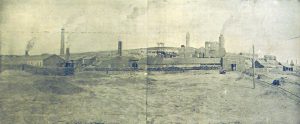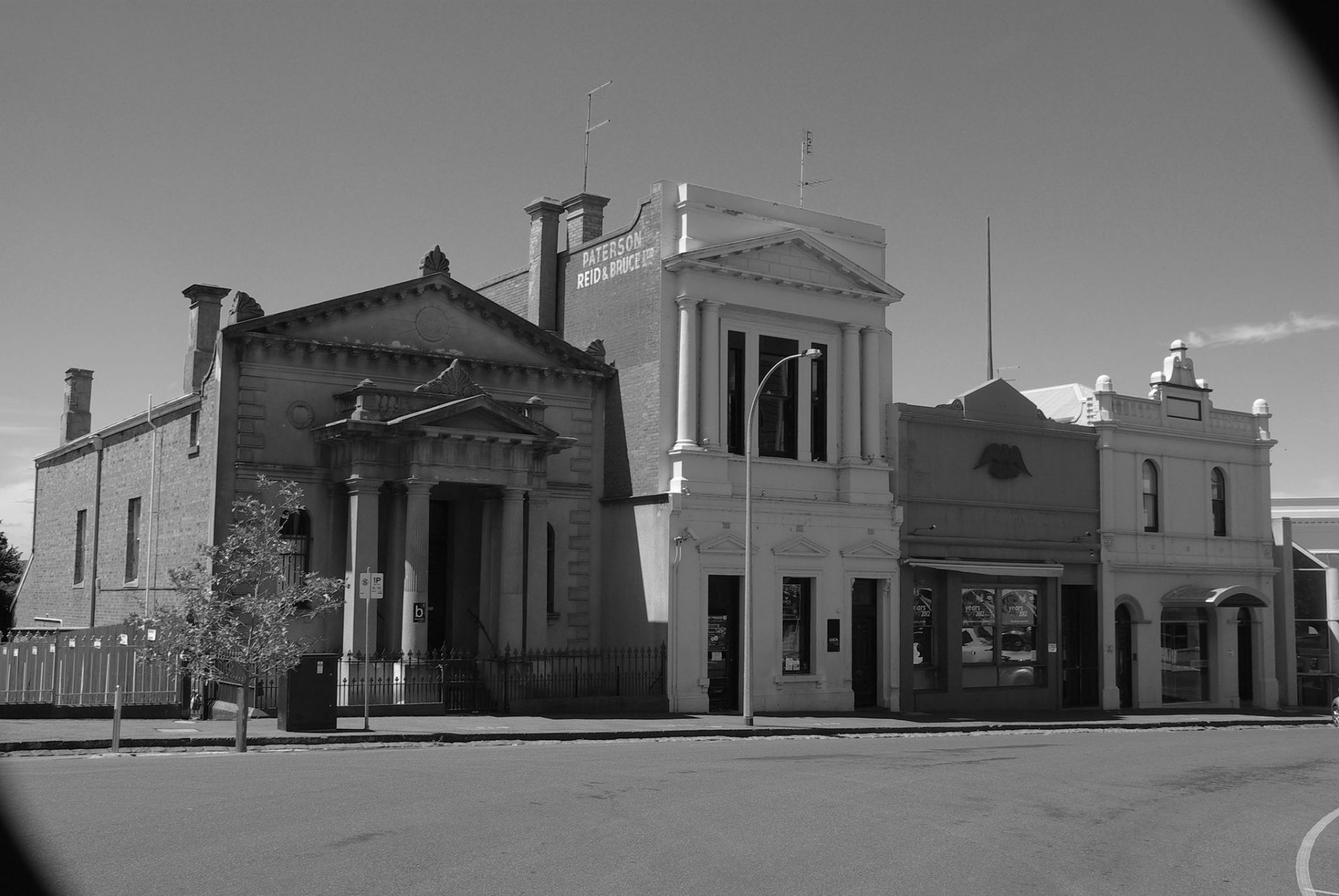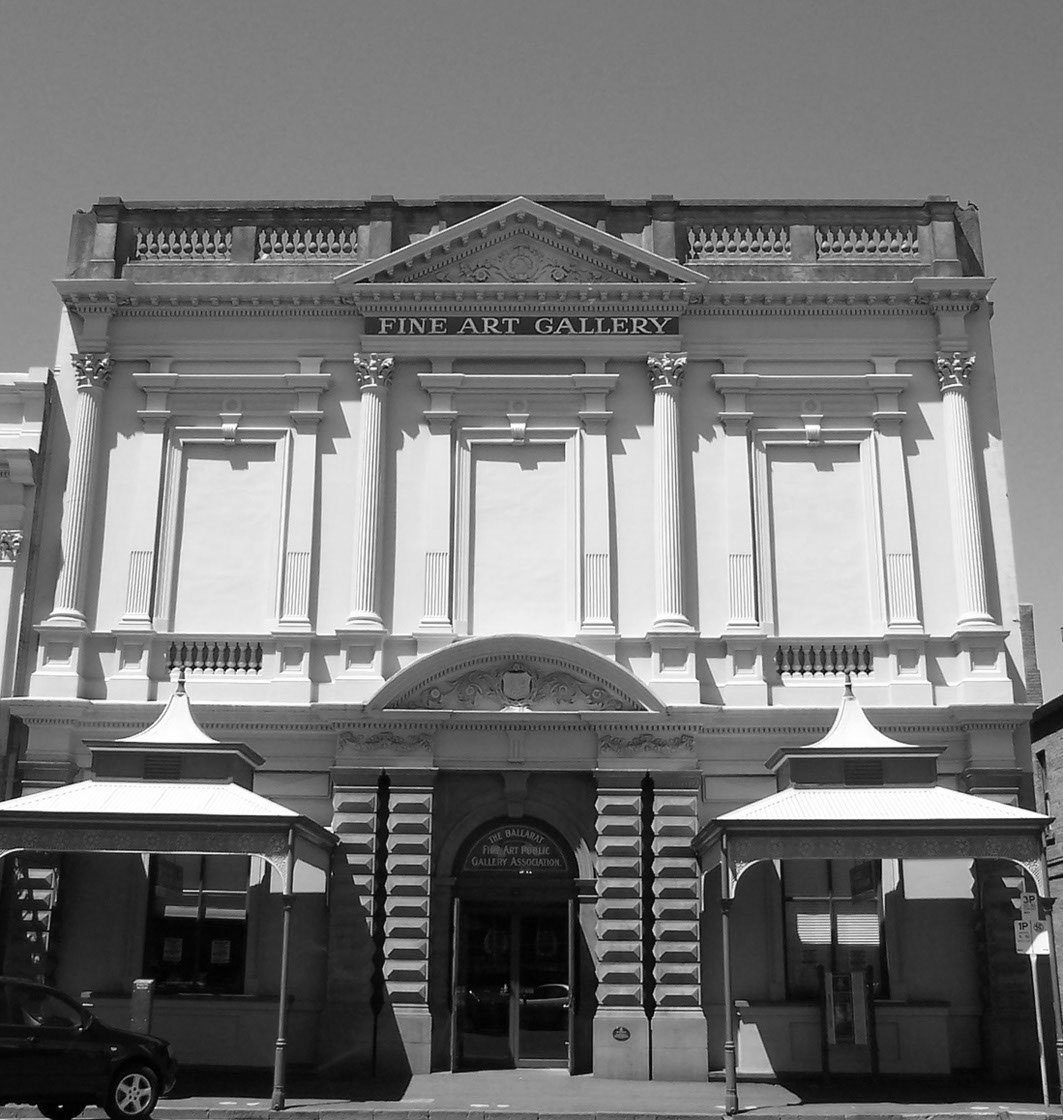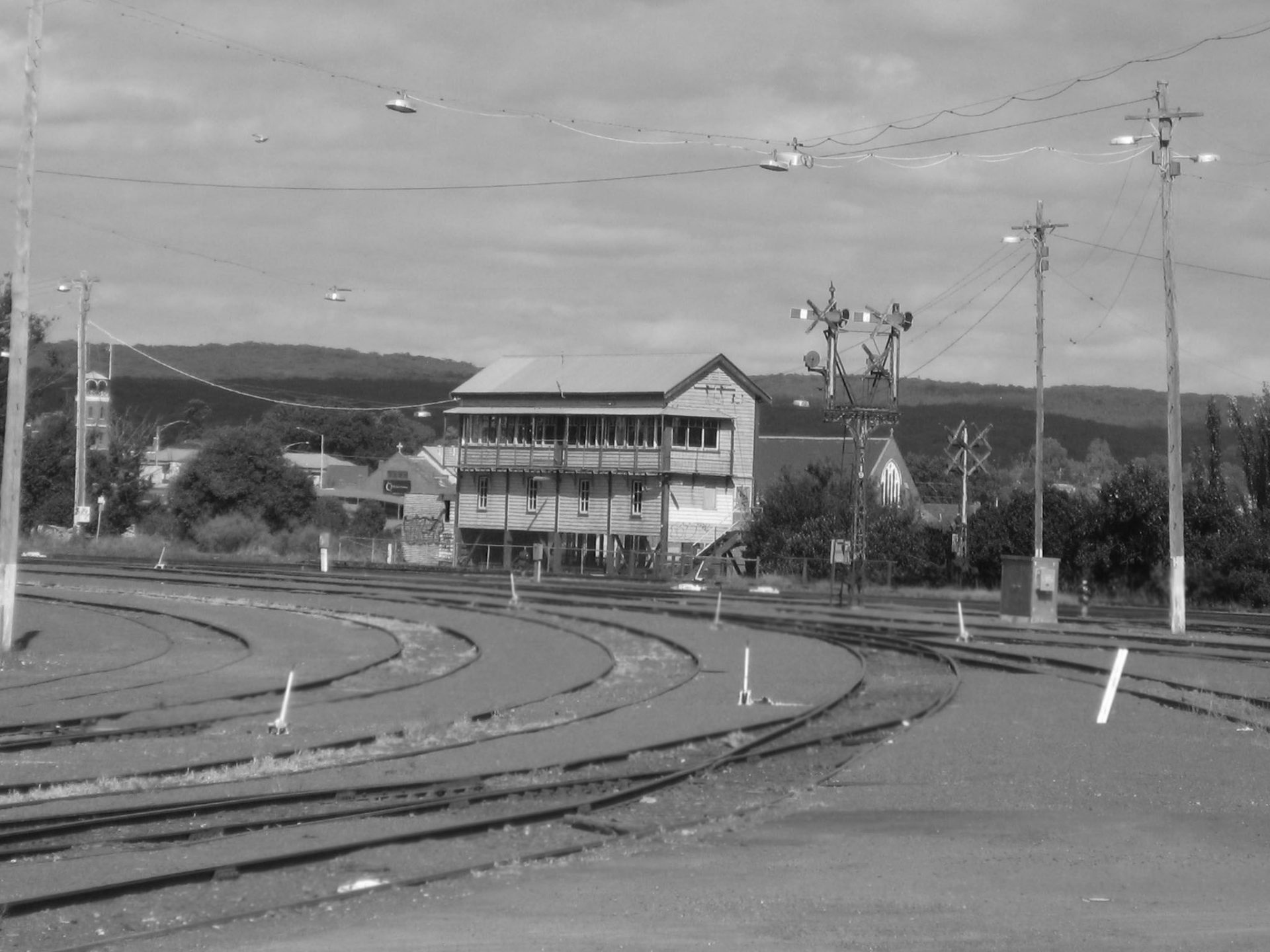Edward’s Pyrites Ore Reduction Works, Sebastopol
Dorothy Wickham

Edward’s Pyrites Ore Reduction Works, Sebastopol
Overtones of current environmental and health issues appear like ghosts, hovering in the sidelines, when examining the papers surrounding the industrial workings, and rhetoric associated with, the pyrites industry and gold mining in the Colony of Victoria around 1870 and onwards. The health and safety of animals, people, and the environment, were real concerns for those associated with the “Parliamentary Report on Pyrites”. The scientific evidence available to them when dealing with deadly substances like arsenic, mercury, and sulphur produced from industries associated with gold mining, specifically pyrites was limited.
Robert Brough Smyth, Secretary for Mines in Victoria reported in the early 1870s that: “There are now treated every year for gold on the goldfields of the colony more than 72,000 tons of pyrites and pyritous vein-stuffs.” He published a valuable table in Mineral Statistics of Victoria for 1873 showing the average yield of gold from certain parcels of pyrites and blanketing operations during 1873 in several mining districts. (This can be found in Appendix G of the VPP Report.) The modes of treatment throughout the colony were then very different, and none, according to Brough Smyth were “the best and most economical” (VPP. 1874, No. 96, Pyrites, 4 June 1873). Where the pyritous minerals were calcines, noxious fumes were given off, and many complaints about injuries to property or health had been made.
Joseph Flude, a lecturer at the School of Mines Ballarat, on the subject in April 1876 with around 70 persons in attendance said: “Pyrites was not always alike” but “it differed materially not only in its appearance, but also in its component parts, in different localities. One component part, arsenic, had in many instances disappeared, and was replaced by sulphur.” He continued and offered a part solution:
Sulphides found in this neighbourhood contained, as a rule, but a very small percentage of arsenic; whilst in other localities this lack was more than made up by an excess of sulphur. … Specimens of iron pyrites from New South Wales, and others, were exhibited, some of which were estimated to contain a fabulous amount of gold. … He explained how, by a proper mingling the vapour of sulphurous acid, steam, and sulphur, the real sulphuric acid of commerce could be produced; and alluded to the wealth of the noxious smoke etc. by burning pyrites, that could be easily turned into a fruitful source of revenue. (The Courier, Thursday 6 April 1876, page 4.)
The Parliament of Victoria held an enquiry on the use of pyrites resulting in the 1874 Report from the Board that had enquired as to the methods of treating pyrites and pyrites vein-stuffs as practised on the goldfields. It made recommendations as to the best and most economical system of extracting the gold from auriferous pyrites.
The Board appointed to investigate the methods of treating pyrites comprised mainly people associated with mining, or mine managers, being: Robert Malachy Sergeant (Chairman), Rivett Henry Bland (of the Port Phillip Company, Clunes), J. Cosmo Newbery (Bachelor of Science), George H. F. Ulrich, William Shiress and J. A. Lewis (Manager, Koch’s Pioneer Company). They visited the following companies: Castlemaine Pyrites Works, Great Extended Hustler’s Company (Sandhurst), Bendigo and Eaglehawk Pyrites Company (Eaglehawk), Great Hustler’s Company (Sandhurst), Catherine Reef United Company (Eaglehawk), Koch’s Pioneer Company (Sandhurst), New North Clunes Company (clunes), Port Phillip Company (clunes), Moore’s Poverty Range Smelting Works (Ballarat), Llanberris Company (Ballarat), St George Company (Stawell), Wimmera Company (Stawell), Scotchman’s Reef Crushing Company (Stawell), and Crown Cross Company (Stawell) (open kiln).
Part 24 of the Report concerning “The Effects on Public Health and Vegetation”, proposed that: “It has been a matter of popular belief that the fumes evolved during the process of roasting pyrites are dangerous to health and productive of injury to the surrounding vegetation.” The Board acknowledged that “on this point the evidence is very contradictory” because they had examined many witnesses whose experience differed greatly. “some of them aver that … not the slightest injury is caused to the health of the men emptied at the works …” while “on the other hand, it is alleged that fumes passing over gardens adjacent destroy fruit trees and other vegetation, and the water from the roofs is injurious to health”. It was generally found that when precautions such as proper condensation is carried out, there was no injury to health or vegetation. However, when the works were first started … “there were undoubted cases of gastric irritation” caused by drinking water from the roofs of houses in close proximity to pyrites works. Joseph Flude also gave scientific evidence for the Report.
The Edwards Pyrites Ore Reduction Works was established in Sebastopol in 1890, and, according to a newspaper report, had burnt pyrites continuously until at least 1906(when the article was written), “the fires never having gone out”.
With the downturn in mining and economic depression of the 1890s many industries relying on the processes associated with gold mining, were reduced or forced into closure, due to their dependence on the quartz mining industry. In particular this applied to the pyrites industry that had been operating in conjunction with the gold industry for many years.
The Ballarat Heritage Industrial wiki locates the works “on the slopes of Frenchman’s Hill, Sebastopol in 1890. Remains of the company can be seen behind the former garbage tip in Whitehorse Road, Sebastopol.”
Edward’s operation was not without its fair share of criticism. The practice of burning pyrites was a concern in the Ballarat district. (Wednesday 21 September 1892).
At the Police Court to-day the Buninyong Shire Council proceeded against Messrs. Edwards, of the pyrites works at Magpie, for treating pyrites without the consent of the Council, and thereby causing offensive fumes. Evidence for the prosecution was given by Henry Edward Geddes, a miner, who said the fumes from the works had affected the health of himself and children, and John Gullock, postmaster at Magpie, whose health had also been injured, and who had lost a horse through being poisoned by the gases from the works. Robert Knowles, a farmer, deposed that fumes had killed some of his cattle. Other evidence of a similar character was given. For the defence it was contended that no offence had been committed against the Act, which applied to abattoirs, factories, etc., and not to pyrites works. Dr. Atkinson, of Bendigo, said he was familiar with pyrites works in his districts, that the health of residents there was very good, and public health was not affected by the fumes in any way. Dr. MoGillivray. Bendigo, corroborated, as did also Dr. .Hugh Boyd, Bendigo. Mr. Cosmo Newbery said he was with the Noxious Fumes Board in their recent investigations, and they could not trace any ill effects to the community from the fumes of pyrites. The scorching of leaves of trees was due to sulphur. The effect on animal life, was practically nil. As things were at present in the vicinity of the Magpie pyrites works he should say the Fix this text cause of death of animals was not due to the fumes. On rising the Court adjourned until next day.

There were several types of the Edward’s Roasting Furnace, although the rabbling is practically the same. (Courier, 1906)
The Edwards Pyrites Ore Reduction Works roasted pyrites (mullock and waste from mines), the fumes of which were of great concern to those who lived or worked nearby. Edward’s attempted to solve the problem of this pollution by re-designing chimneys at the plant. He adopted a “better, cheaper and more reliable and expeditious method” that would give the best extraction results. This was called the Edwards Tilting Ore Roasting Furnace. With this device he could roast as much with three men’s labour than using forty men. An associated Edwards’ Patent Chlorination Process was also installed to extract gold from the roasted ore according to the Ballarat Heritage Industrial wiki. The company closed around 1930.
Author: Dorothy Wickham
Images: The Ballarat Courier Christmas Supplement, Dec 5, 1906.
For more information see:
Pyrites Report
https://www.parliament.vic.gov.au/papers/govpub/VPARL1874No96.pdf
Ballarat Industrial Heritage Wiki
https://bih.federation.edu.au/index.php/Edwards%27_Pyrites_%26_Ore_Reduction_Co.







